More Than Pokémon: The Monster Battling Boom of 2016
2016 IN REVIEW: This year brought up a surprising quantity of quality monster battling games - and not all of them had Pokémon in the title.
This article first appeared on USgamer, a partner publication of VG247. Some content, such as this article, has been migrated to VG247 for posterity after USgamer's closure - but it has not been edited or further vetted by the VG247 team.
There really should have been more competition for that sweet Pokémon money since it first came out to record-breaking sales in 1996, but notable monster collecting/battling games are few and far between. That's why it's so surprising that 2016 played host to no less than five quality entries in the monster battling genre, and even more surprising that only two of them are Pokémon-related. Monster battling has never been hotter.
What's even more striking, though, is that when you look at each of them individually, they couldn't be more different from each other, revealing many different ways that these series are both honoring the past and innovating for the future in different measures. There's no better example of this than Pokémon itself, with two games that emphatically fly in the face of long-standing criticisms that GameFreak and The Pokémon Company play it too safe.
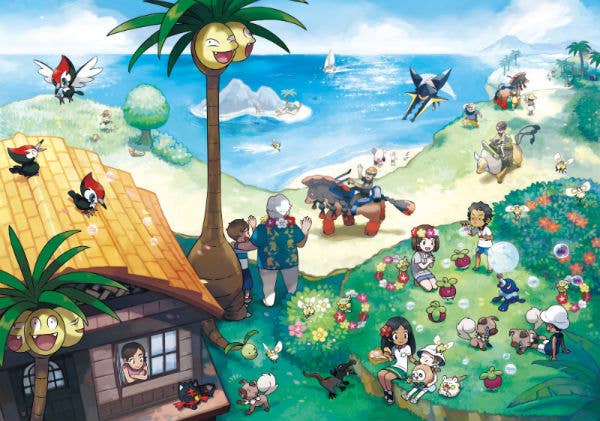
For the average player, Pokémon Sun/Moon doesn't look all that different to previous entries in the long-running series. The biggest changes, the loss of gyms and the Alolan variants of Gen I Pokémon, shouldn't be earth-shattering tweaks on their own. But these two design shifts made a world of difference because it shows GameFreak's willingness to break their own sacred strictures, which is impressive for a game series as entrenched as Pokémon.
By getting rid of gyms and basing the central premise of the game around completing a local custom known as an “Island Challenge”, Sun/Moon is better able to add surprise and variation into the single-player campaign – sometimes you'll do Trials in an unexpected order, or sometimes it will dovetail into the main game plot – but most of them require more from you than simply clearing out a facility full of Trainers.
And those Alola regional variants that most egregiously change the types of some of the beloved original 151? That's actually emblematic of the game's themes in general: the clash of old and new, the meeting of differing experiences. The sheer volume of Gen I Pokémon, regional variants or no, is no accident, but an acknowledgment that the fandom has gotten older while still integrating newer kids to the party. The newer players will marvel at both new and old Pokémon, while the older generation, which still holds the original 151 as sacred, can be shown that there's still new design space to be mined when treated a bit more liberally.
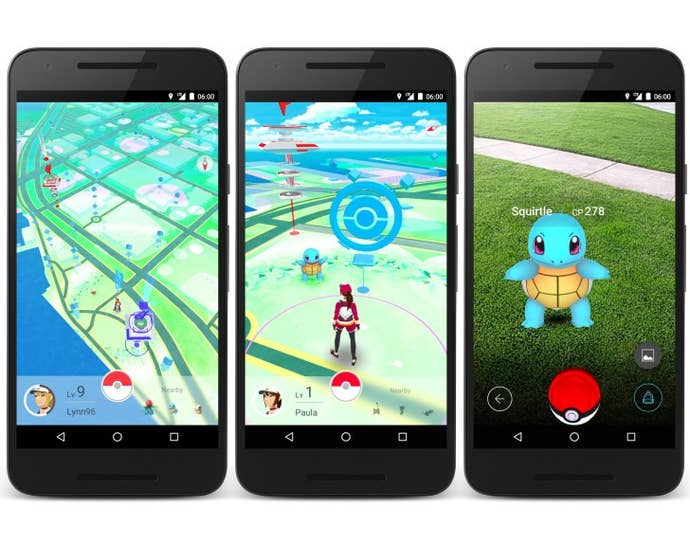
Let's not forget Pokémon GO, either, as Niantic delivered a Pokémon game that's both immediately innovative and intimately familiar to hordes of Pokemaniacs. Much like Sun/Moon, GO puts the spotlight on the original Gen I Pokémon, but instead of traveling around in a fictional region of a fictional world, you're catching Pokémon in your very own neighborhood thanks to some wonderful integration of augmented reality technology. Not only is the barrier for entry in Pokémon GO really low, but the framework for the game – catching monsters and taking/defending gyms in the name of your chosen team – made it a brilliant social experience as well, bringing Pokémon fans together in exactly the same kind of way that a Pokémon game does and should.
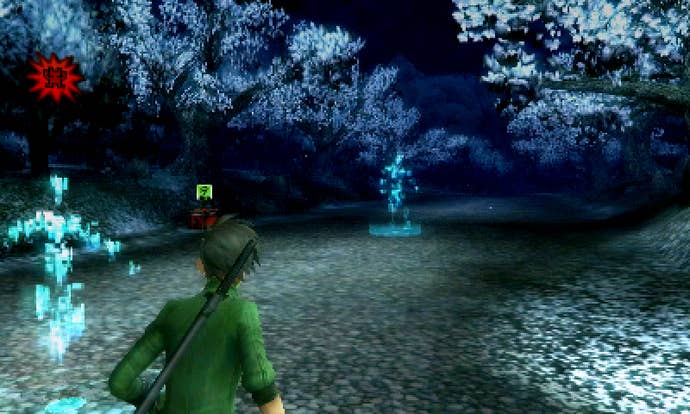
In a complete reversal from Pokémon, the monster battling franchise most known for JRPG innovation in the past decade actually gave us the most conservative design of the year in Shin Megami Tensei IV: Apocalypse. Don't get me wrong: Apocalypse is incredibly fun, and is full of SMT lore and fan service that stretches back even to games that the US never got. (YHVH finally makes an appearance again!) But it's also just Shin Megami Tensei IV again, except this time the underground world of post-Firmament Tokyo feels familiar and hollow. Part of what made SMT IV great was that you were cast as an outsider to post-apocalyptic Tokyo, and much of the game was you exploring it like you would some lost city. In Apocalypse, you're a member of that city – the world of Tokyo is demystified, and exploration is no longer thrilling. It's undoubtedly a good game, but we've been here before. It seems we'll have to wait for Persona 5 to see Atlus's wild innovation at work again.
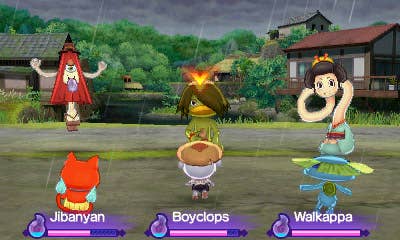
Speaking of wild innovation, Yo-Kai Watch 2 also came out this year, and continues Level-5's efforts to make a legitimate rival to Pokémon in a completely different way. Yo-Kai Watch features monsters you can collect and battle with, but that's where the similarities end. Battles are largely hands-off affairs in the tradition of Final Fantasy XIII, with your party composition being represented on a wheel you can turn to quickly and seamlessly even as your monsters battle without your input aside from you triggering special moves that get charged up as the battle progresses. Even more impressive is the fact that the world you're running around in is pretty much entirely open from the get go, making this a Pokémon pretender to the throne that can realistically boast also being an open-world game.
Unfortunately, it also comes with a lot of tedium when it comes to quests and navigating the world. Most of the quests you can do are mindless fetch quests, and it casts a dull pall over the entire game and making it feel quite padded. Though the sequel manages to provide some much-needed UI improvements, it still feels like it needs to be more tightly-designed. Still, if you're looking for something creative and different in your monster battling, Yo-Kai Watch is daring in ways that other mainstream games are afraid to be.
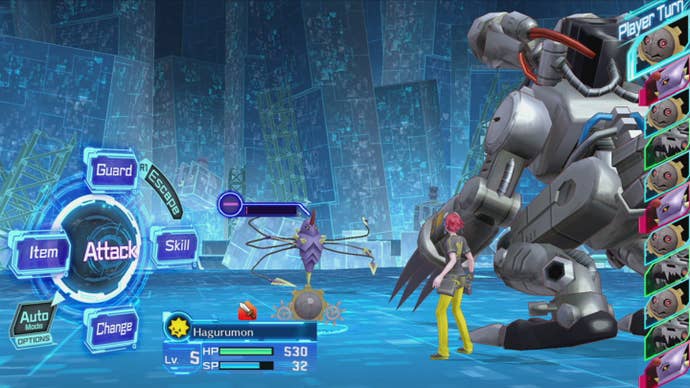
The best monster battling game of 2016 though? Digimon Story: Cyber Sleuth. Now I know what you're thinking, but let me explain. Digimon Story: Cyber Sleuth is a fantastic JRPG with an eye-popping visual style that looks like the progeny of Persona and Summer Wars and a sprawling collection of different Digimon and ways to Digivolve them. It's got a fantastic pedigree as well, with Wild Arms studio media.vision at the helm, and a single-player campaign that actually feels like a proper JRPG instead of just being a bastardization of one like many Pokémon clones are.
A big part of the genius of Cyber Sleuth is in the Digivolution system, which has been quietly refined over the years through a ton of iterations of different Digimon games. Since Digimon are made of data, you can basically Digivolve a 'mon into a completely different Digimon, with a complex tree of Digivolutions that each require a set of prerequisites you need to meet. It feels a lot like Shin Megami Tensei's demon fusion, except in most cases, you only need one Digimon. However, Digivolution feels more satisfying in many way, not the least of which due to how each gives you feedback. In SMT, you're often just fusing to get a demon that's a couple of levels higher than its fusion parts. In Cyber Sleuth, though, Digivolution feels like a big jump due to the different power levels associated with each step up. The first time you'll Digivolve a reliable Champion Digimon into a powerful Ultimate one will feel amazing, and the sheer jump in power will make you feel like you've accomplished something. Because of this, you'll get quite invested in your team of Digimon, which will often stick with you for most of the game, albeit in wildly varying forms.
But the most impressive thing about Cyber Sleuth is grounded it feels in its often fantastical world. You have the cyberspace system people can physically inhabit called Eden, which clearly was inspired by Summer Wars with its stark white background intermingling with hints of primary colors and where much of the action takes place. But then you also have the city of Tokyo and real-life districts you can visit. This is nothing new, and very in step with current JRPG trends. The striking thing about it, though, is having the player's base of operations be in Nakano Broadway, an Akihabra-like shopping mall, where you'll work in a detective agency to solve cases, often for other stores in that very mall. Broadway is as cramped and intimate as Eden is impersonal and expansive. These two world intermingling makes for one of the most intriguing settings of video games in 2016.
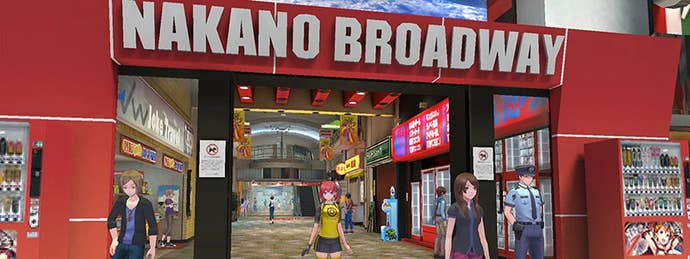
And the story beats the game hits are impressively mature given the Digimon pedigree, touching on things like human trafficking and corporate greed. It's not exactly in-depth about any of these subjects, as this is still a game about befriending digital monsters, but it's at least an acknowledgment that the Digimon brand is 15 years old, and therefore needs to grow up with its fanbase. If you're hesitant to give Cyber Sleuth a try because the franchise is too kiddie, rest assured that it's one of the best games this year, and stands at the top of the monster battling heap in a year that brought unprecedented quality and creativity to a popular yet overlooked subgenre.








